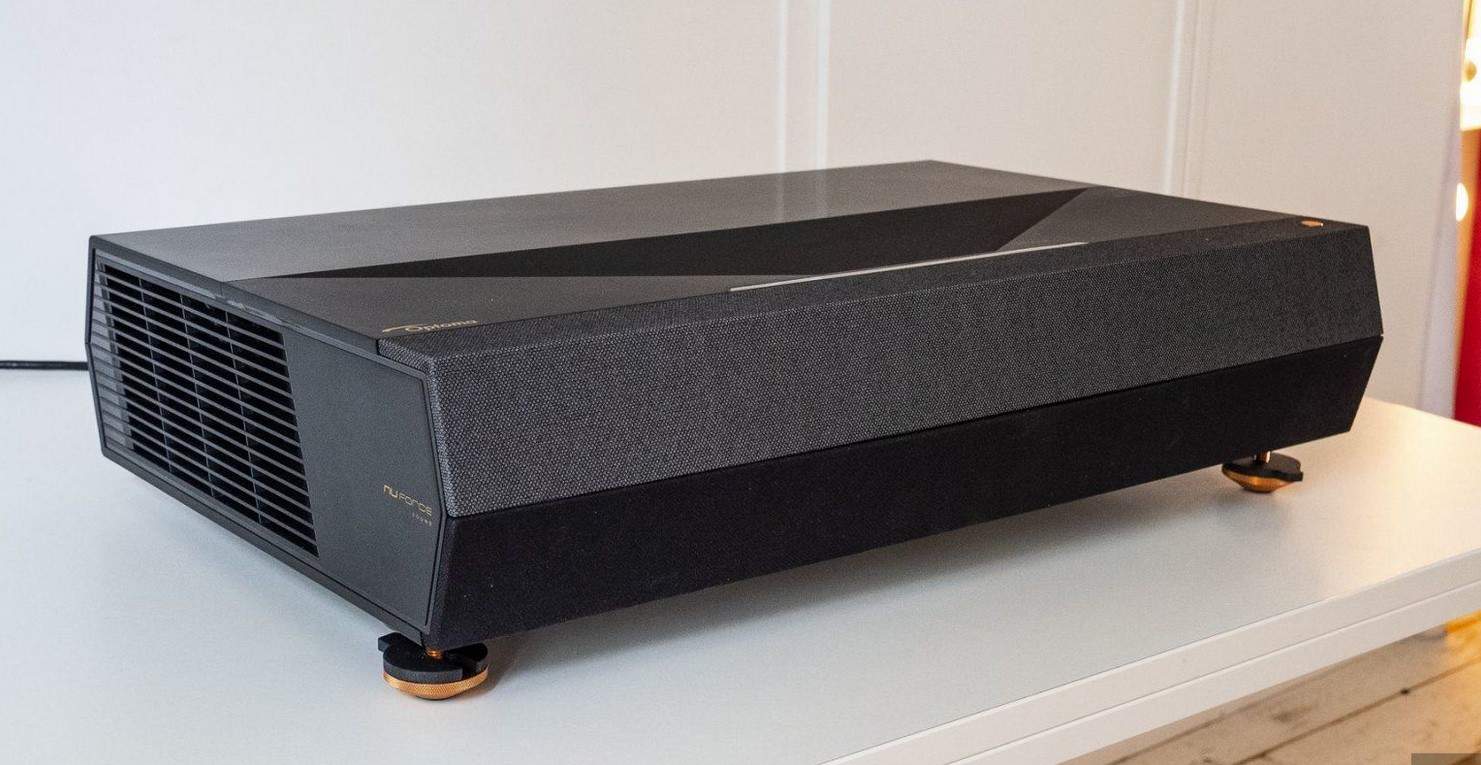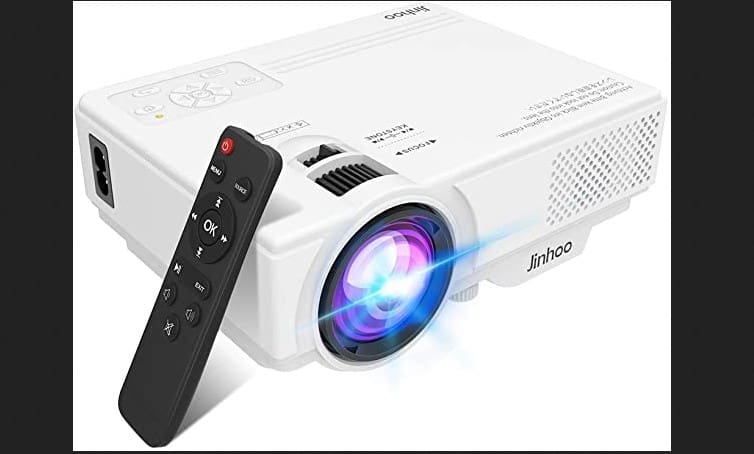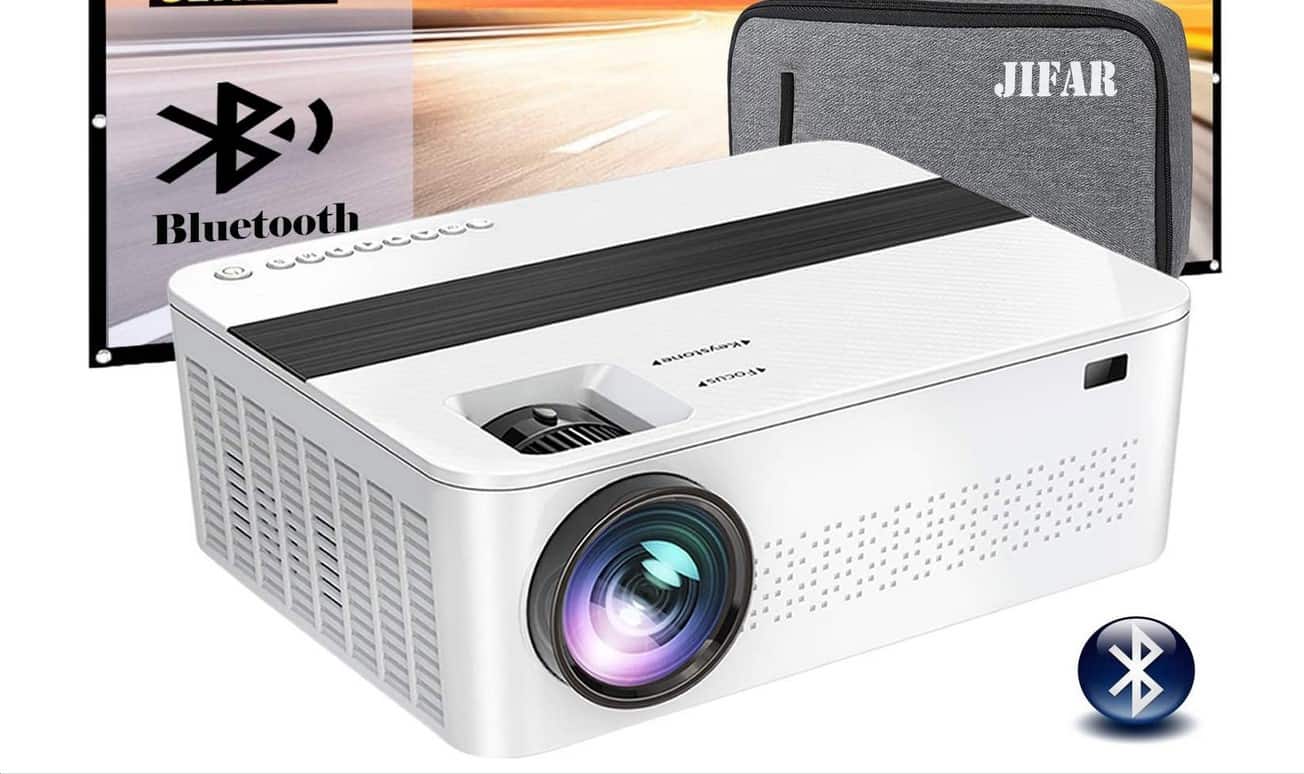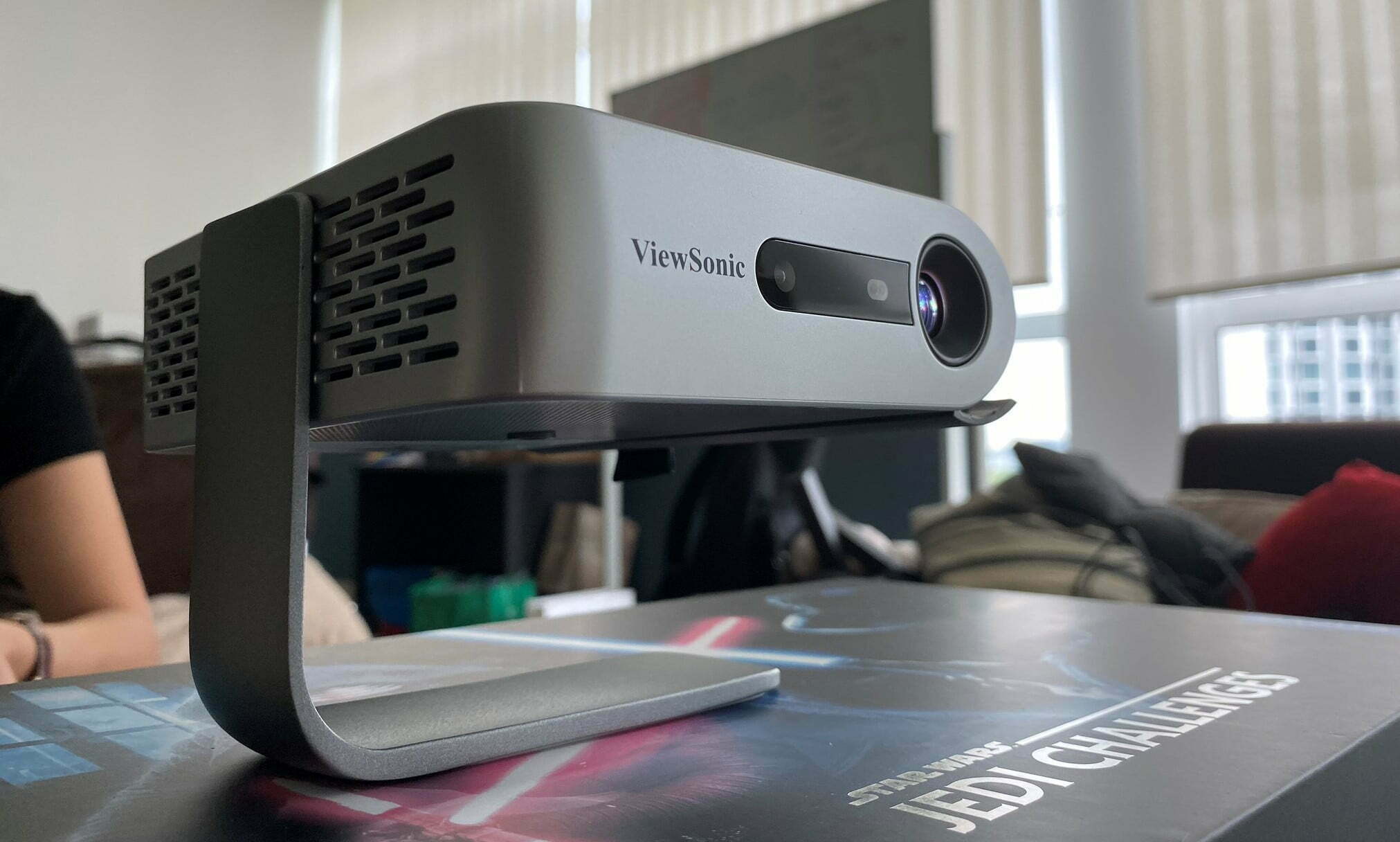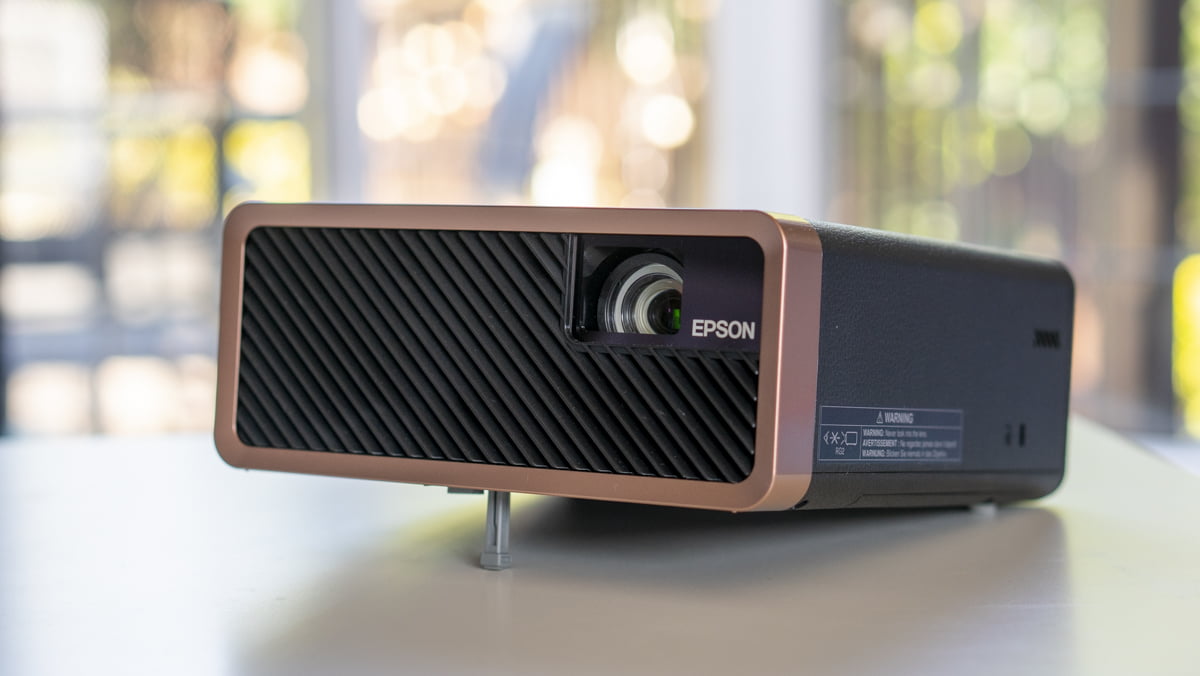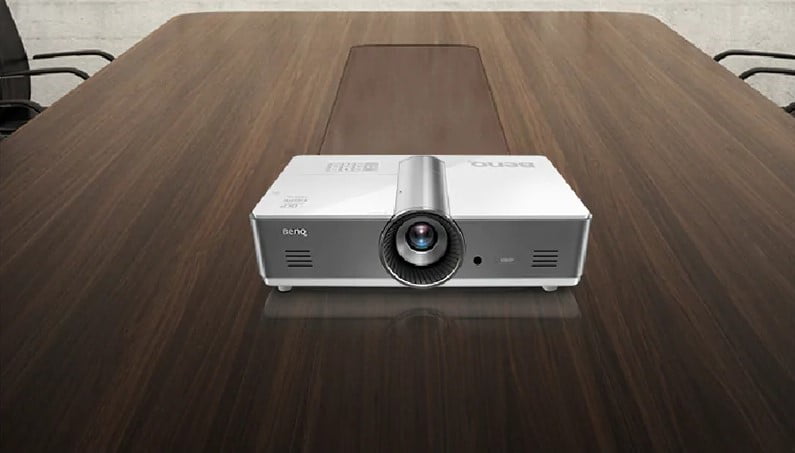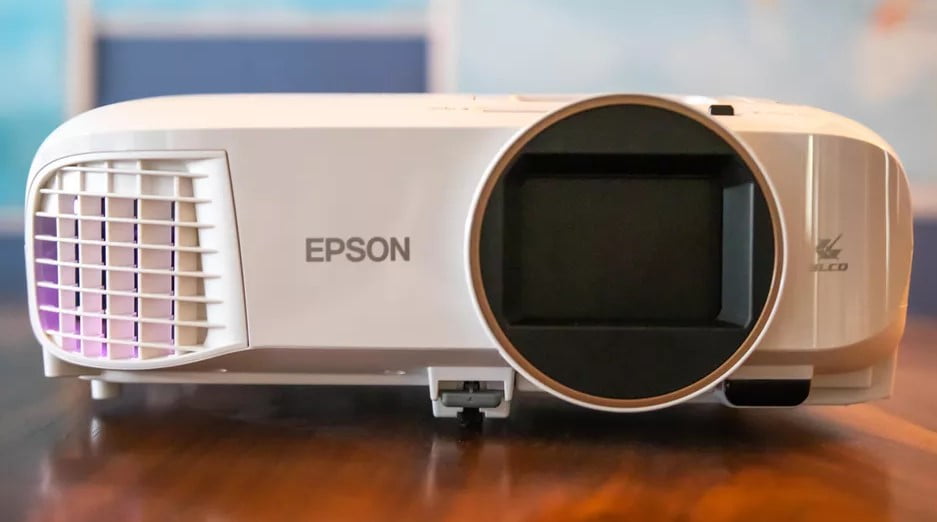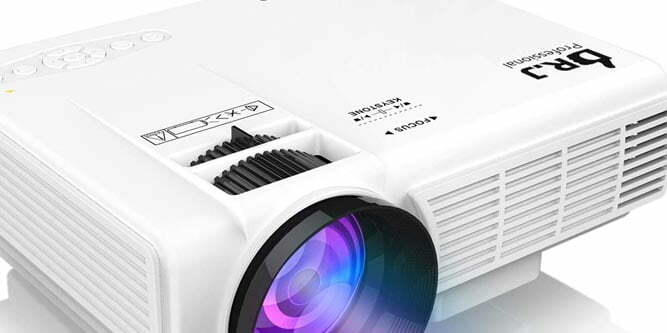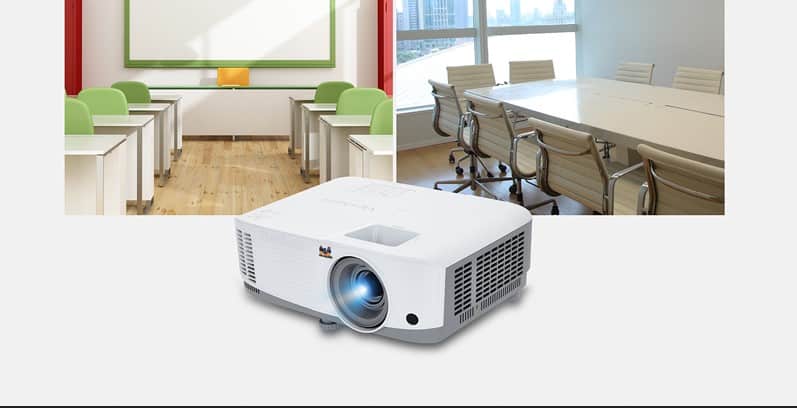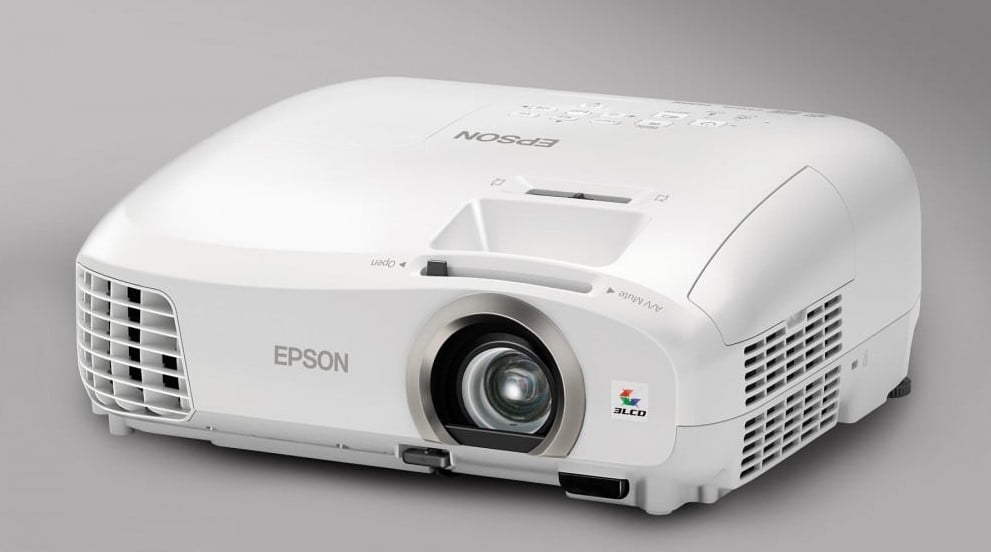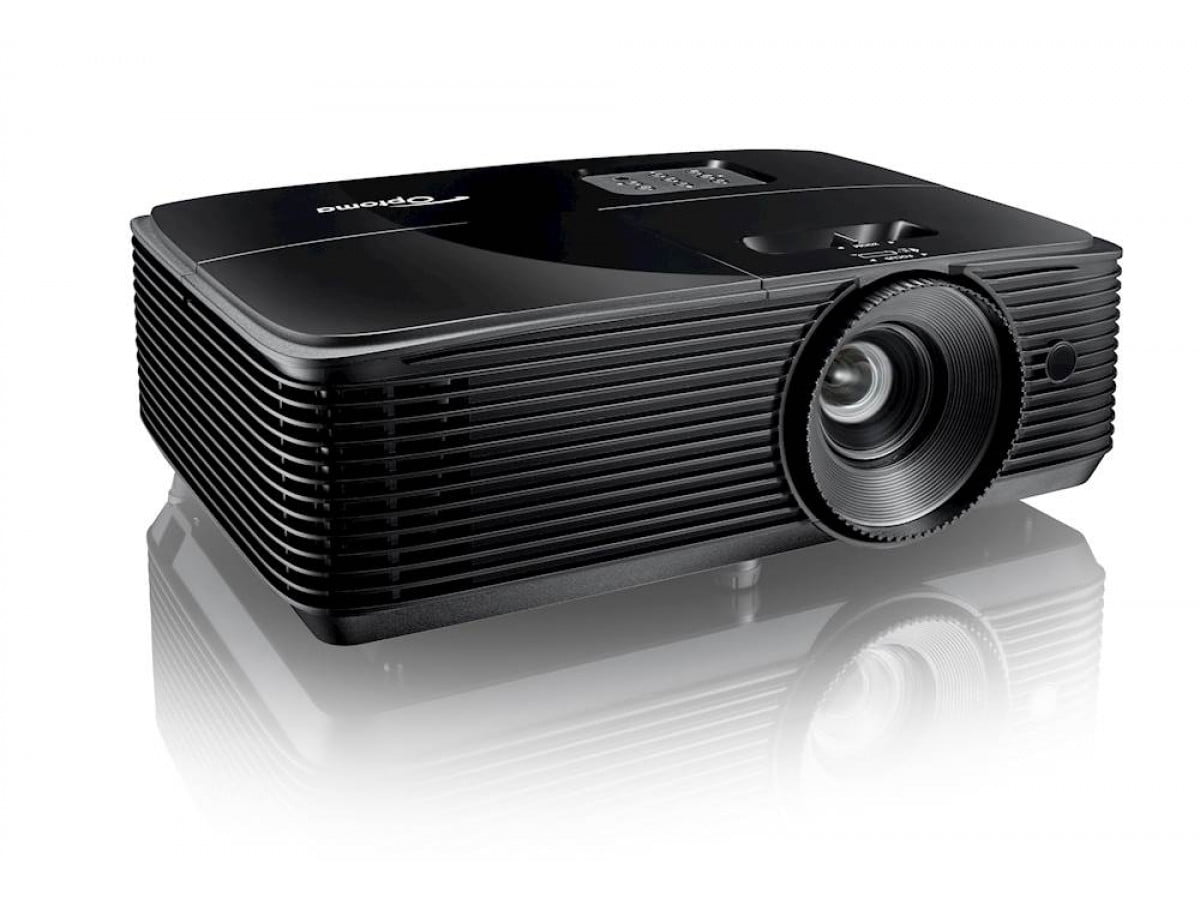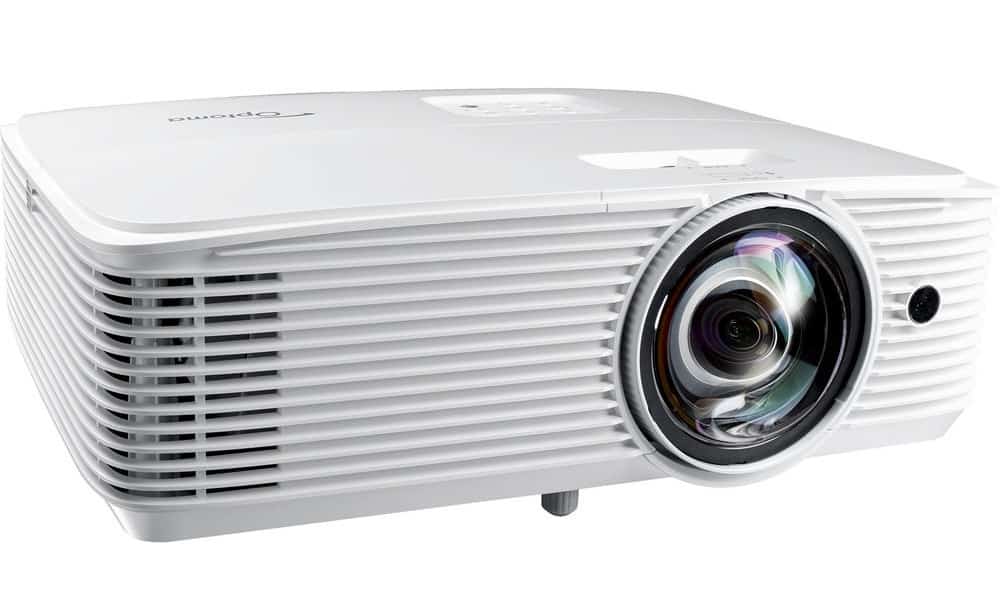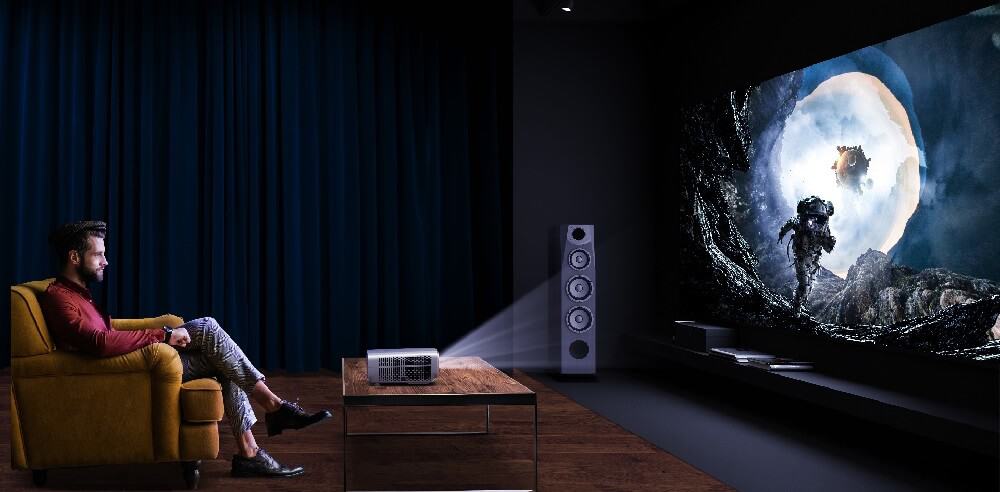The question, “What is a projector?” has a few different answers. It can be easily summed up into a few words or expanded into more technical terms. There is limitless technology, from long-throw projectors and short-throw projectors to the colossal picture size in movie theaters to tiny presentations given with a simple slide projector. Leonhard Euler first created the opaque projector in 1756. From there, projector size, use, and technology, such as DLP vs 3LCD projectors, have continuously evolved into what we know as the best projectors on the market today.
KEY TAKEAWAYS:
- The picture quality a projector can display depends on a few factors, including the type of projector in use and the amount of ambient light.
- Projector technology is vast and encompasses a few areas, with most projectors using liquid crystal display or micromirrors to work. There are many options on projectors today, and you can even manually increase the resolution on a projector, too.
- There are multiple different types of projectors, including overhead projectors, film projectors, lamp projectors, and more.
Everything to Know about Modern Projectors
Modern projectors, like pico projectors and portable projectors, have come a long way from the opaque projectors originally in use. From entertainment projectors to LED projectors to lamp projectors, there are multiple common types. Some projectors you can make yourself. You can learn how to make an overhead projector and even make a curved projector screen, which can save you quite a bit of money on traditional projectors and accessories.
Insider Tip
Ambient light can come in different forms, so make sure you turn off all lamps, pull curtains, and even put a towel underneath any doors, so light doesn’t leak through the gap.
A Few Examples of Projectors
While creating overhead projectors is great, there are a few other common types to understand. You’ll probably need an external projection screen of some kind. Learning how to make a curved projector screen is the easiest way to Here are a few different kinds of projectors:
- Digital projectors
- Film projectors
- Entertainment projectors
- Laser projectors
- Smart projectors
Understanding Projector Type Technology
A projector is an optical device that allows you to project an image onto a larger screen size using a light source. These larger images are great for creating murals using cheap or homemade models. There are a few different technologies used for projectors, with digital light processing showing up frequently:
- Digital light processing (DLP projector)
- Liquid crystal display (LCD projector)
- High-definition video (HD projector)
Why the Opaque Projector Matters
Traditional projectors date back to the 18th century. These projection units didn’t have a crisp image, and they couldn’t yet project a digital image. Projection surfaces had to be close by and were limited to plain, white walls. This is a far cry from the advanced technology in use today.
New Advances in the Projector Realm
Now we’re able to produce color images, and projector position doesn’t matter as much. There are hybrid projectors, rear projections, and more to choose from. You can use projection in TVs to play portable video games or rear projection for big presentations. Unlike older, traditional projectors, new models can even use your mobile devices as an output device. The possibilities are endless.
Warning
For educational purposes, make sure you choose a projector with a relatively high native resolution to avoid straining your students’ eyes.
F.A.Q.S
What is a projector’s throw ratio?
There is a simple equation used to find your projector’s throw ratio. First, find your throw distance and then measure the width of your projection screen. If you have limited room, try a short-throw projector.
What is projector resolution?
Also known as native resolution, this number will reveal how clear the bright image you project is. The native resolution refers to how many pixels can be projected on screen surfaces.
What are lumen levels, and why are they important?
A high-lumen projector will produce a brighter image even when faced with ambient light. While they still won’t work in direct, bright sunlight, they are a brighter projector than the average model.
What are the advantages of projectors?
Using projectors has a variety of benefits:
- Easier time giving business presentations
- Ability to enlarge high-quality images for viewing
STAT: The earliest projection of images was most likely done in primitive shadowgraphy dating back to prehistory. (source)
REFERENCES:
- https://en.wikipedia.org/wiki/Projector
- https://www.pdf-manuals.com/82-overhead-opaque-projectors
- http://orion.neiu.edu/~sdundis/hrd310/opaqproj.pdfr
- https://www.tandfonline.com/doi/abs/10.1080/00221345608983027?journalCode=rjog20
- https://www.researchgate.net/publication/253910271_The_Opaque_Projector_The_Inverse_of_the_Camera_Obscura

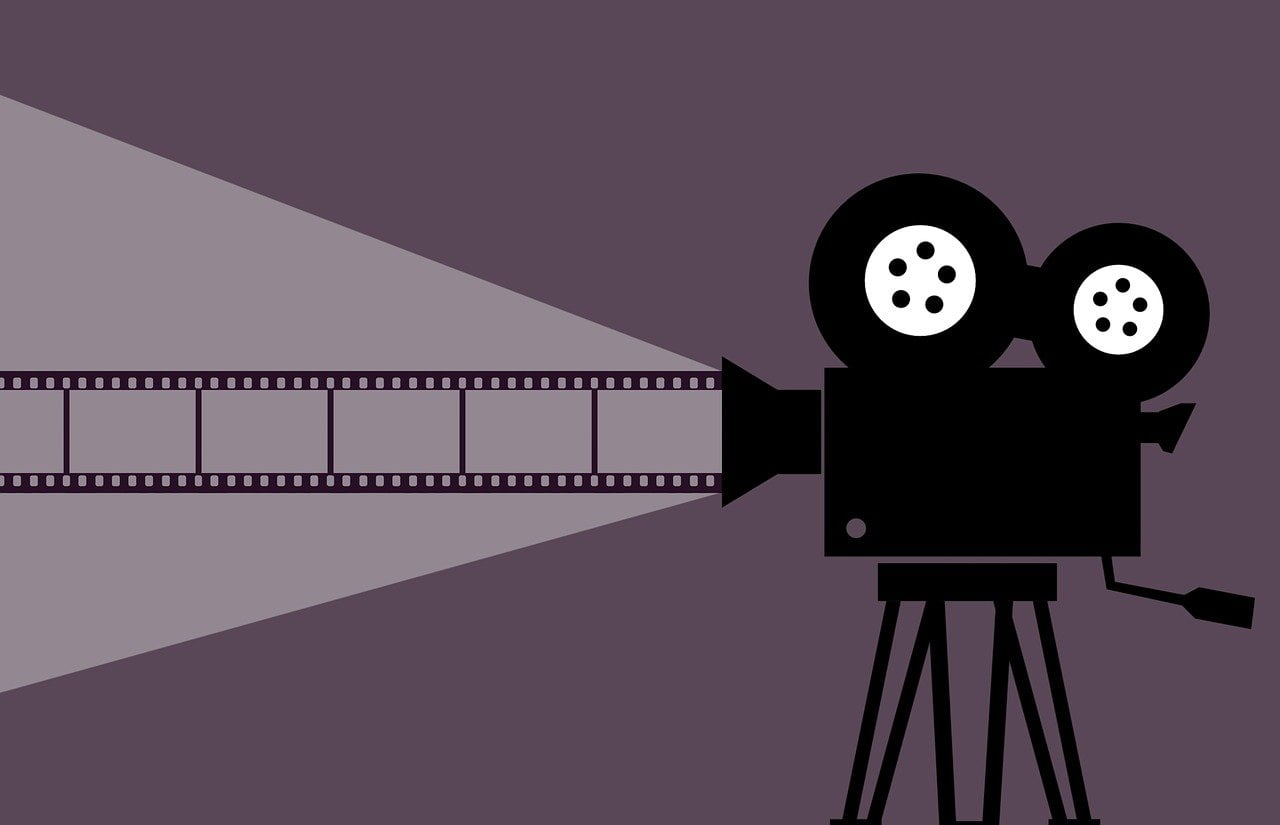














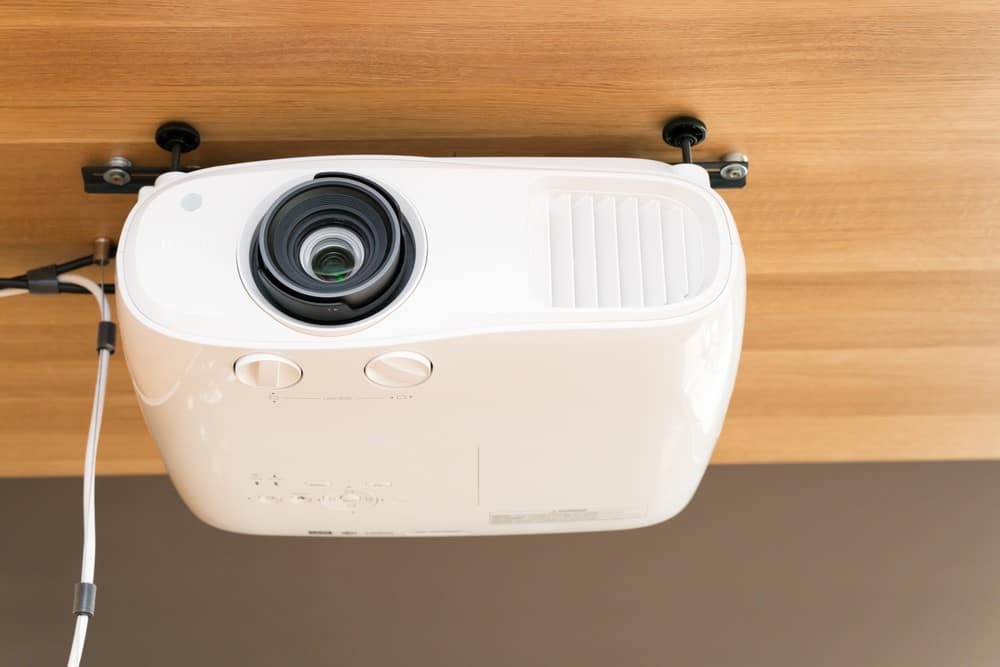




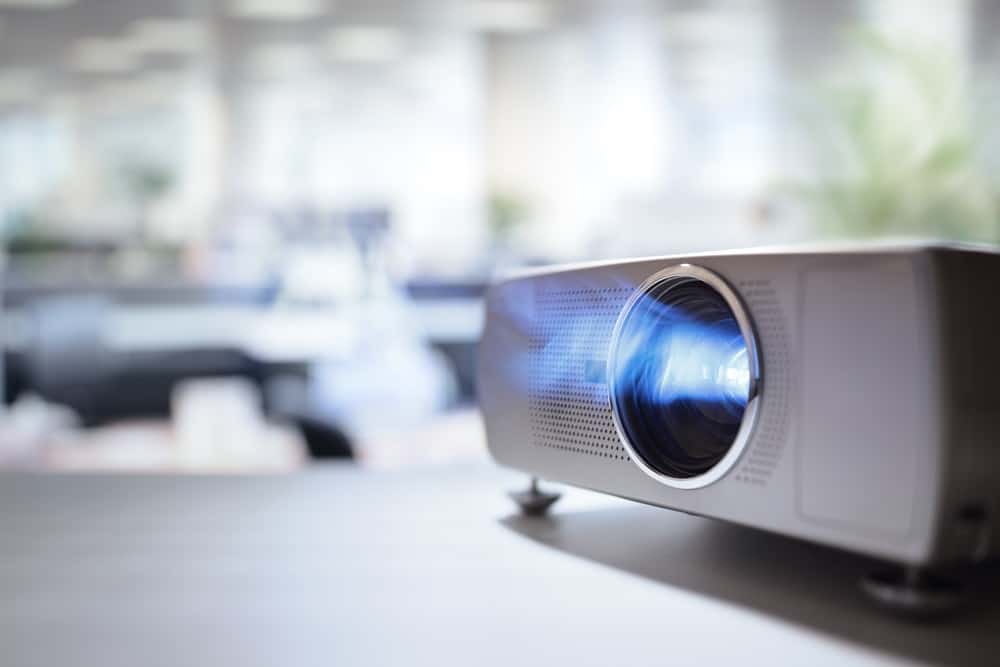
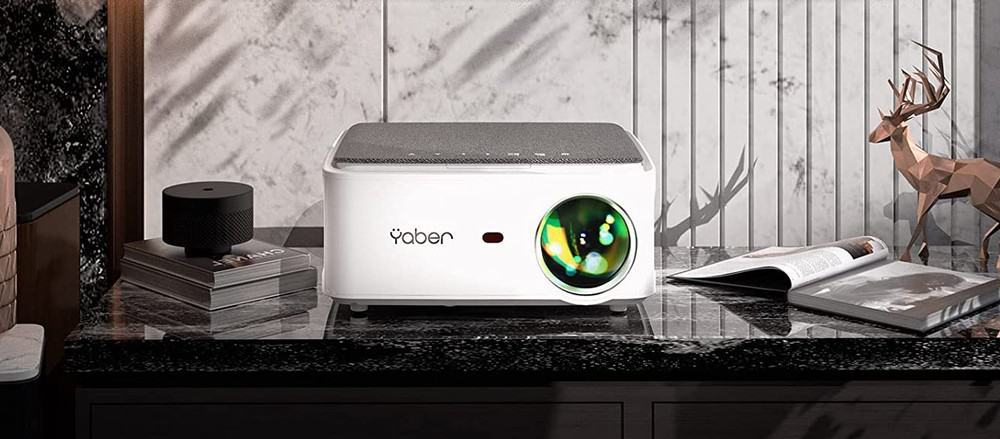

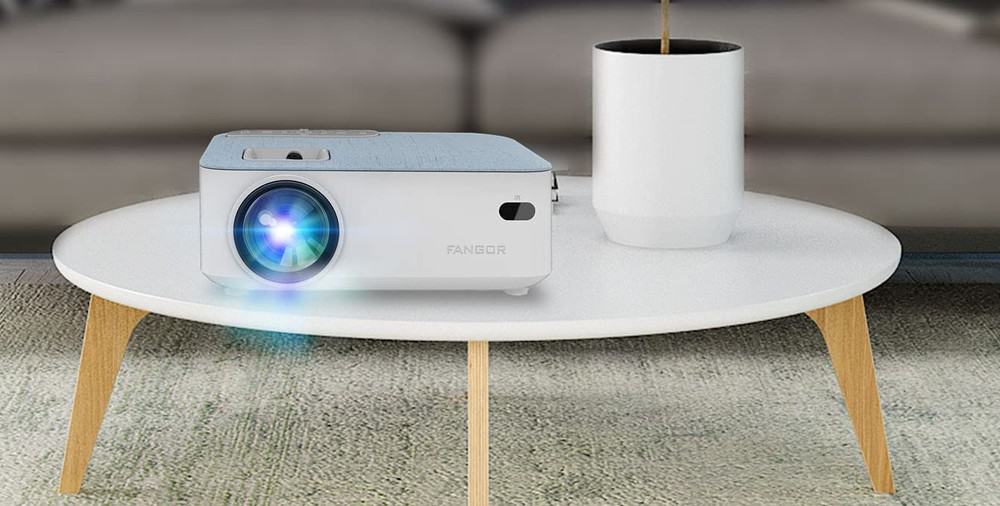

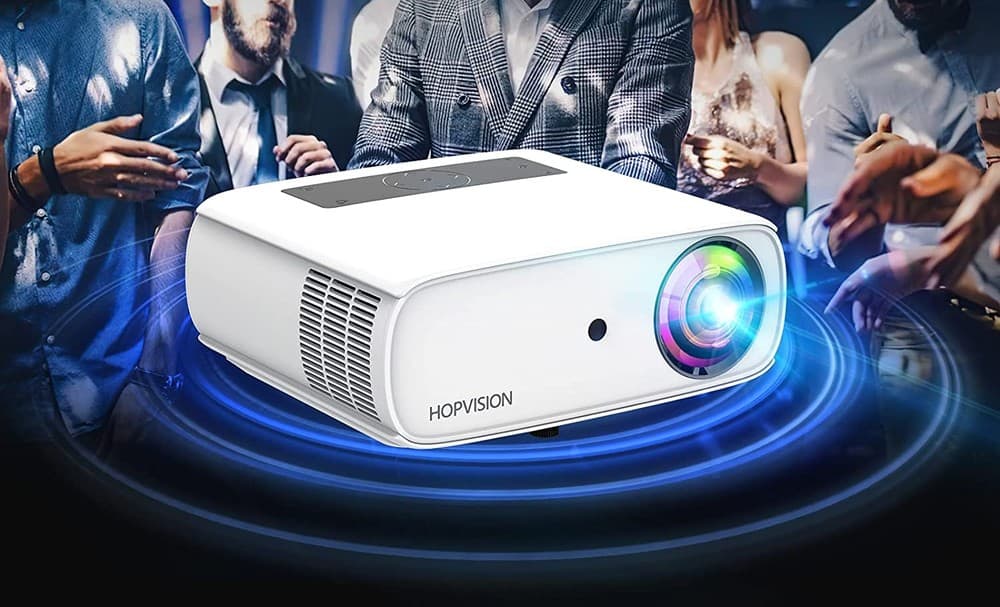


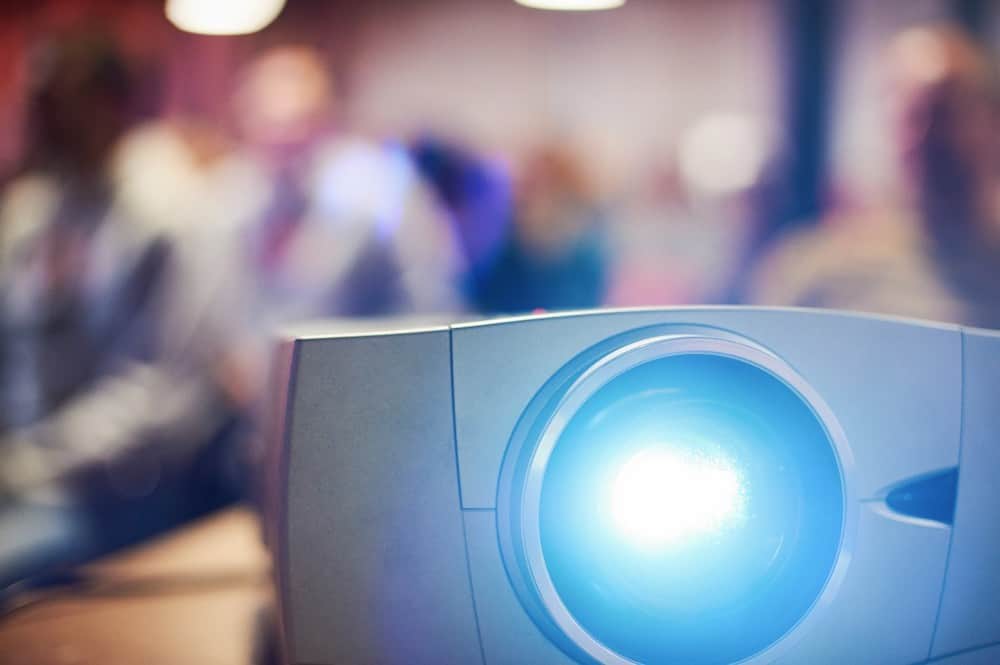
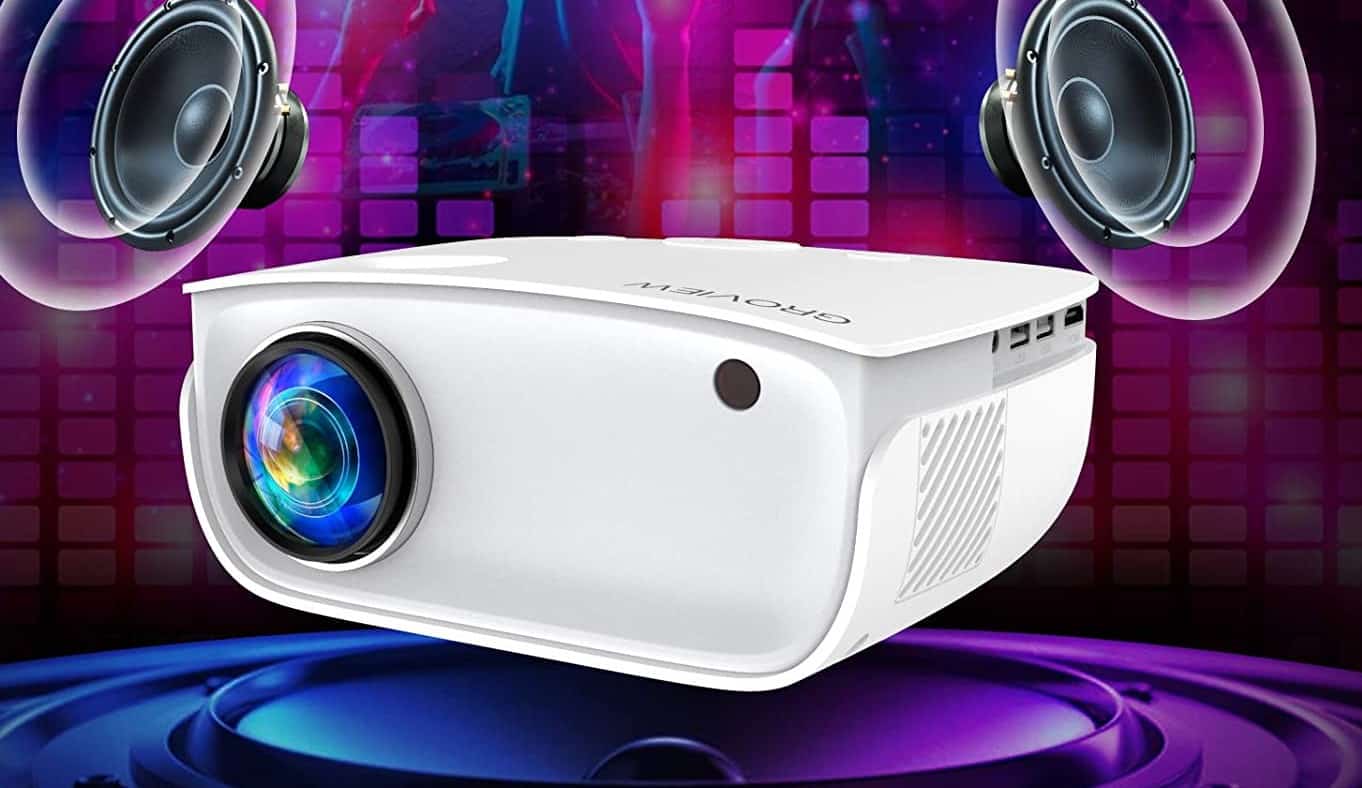
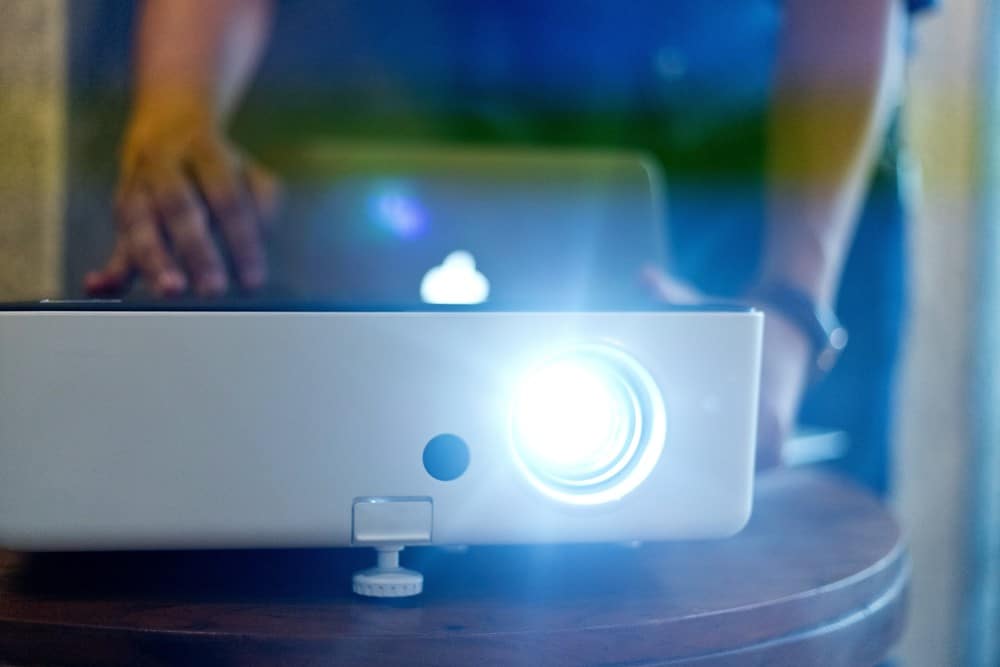

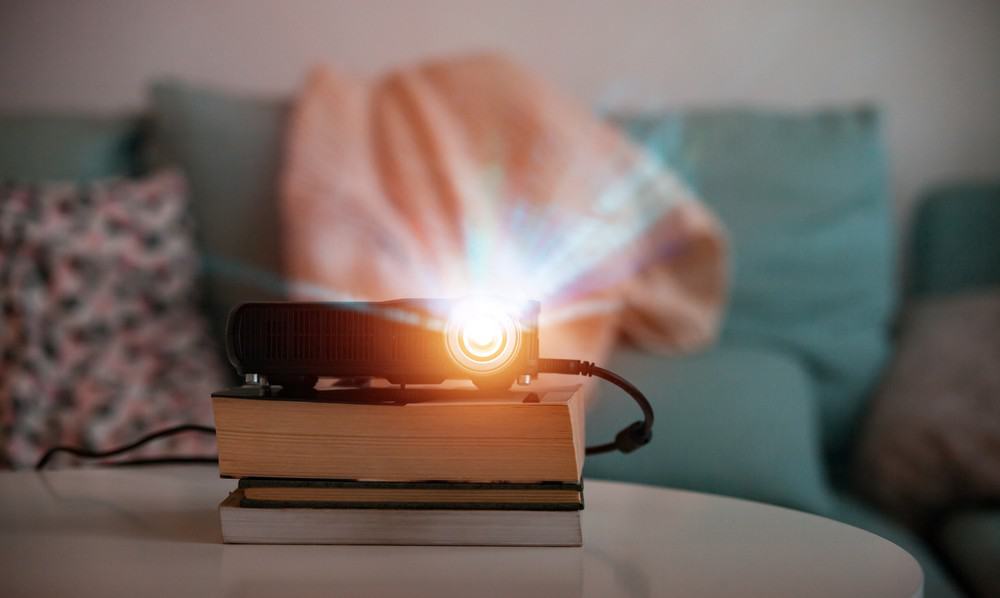
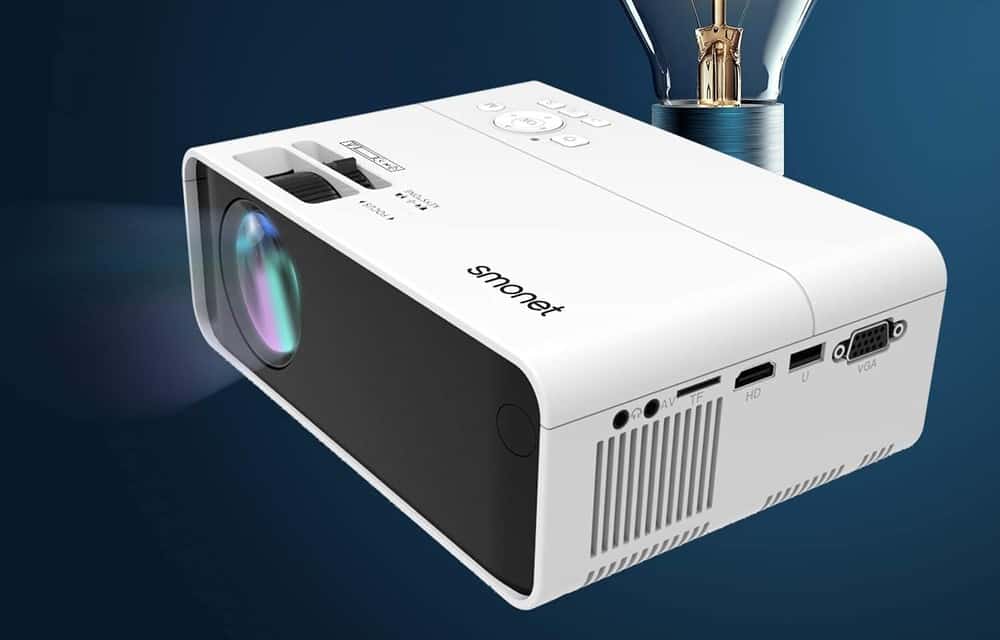
![Best Projectors for Daylight Viewing in [year] 27 Best Projectors for Daylight Viewing in 2025](https://www.gadgetreview.dev/wp-content/uploads/best-projector-for-daylight-viewing-image.jpg)
![Best Samsung Projectors in [year] 28 Best Samsung Projectors in 2025](https://www.gadgetreview.dev/wp-content/uploads/best-samsung-projectors-image.jpg)
![Best NEC Projectors in [year] 29 Best NEC Projectors in 2025](https://www.gadgetreview.dev/wp-content/uploads/best-nec-projectors-image.jpg)
![Best Acer Projectors in [year] 30 Best Acer Projectors in 2025](https://www.gadgetreview.dev/wp-content/uploads/best-acer-projectors-image.jpg)
![Best Quiet Projectors in [year] 31 Best Quiet Projectors in 2025](https://www.gadgetreview.dev/wp-content/uploads/best-quiet-projector-image.jpg)
![Best Projectors for Golf Simulator in [year] 32 Best Projectors for Golf Simulator in 2025](https://www.gadgetreview.dev/wp-content/uploads/best-projector-for-golf-simulator-image.jpg)
![Best Conference Room Projectors in [year] 33 Best Conference Room Projectors in 2025](https://www.gadgetreview.dev/wp-content/uploads/best-conference-room-projector-image.jpg)
![Best InFocus Projectors in [year] 34 Best InFocus Projectors in 2025](https://www.gadgetreview.dev/wp-content/uploads/best-infocus-projectors-image.jpg)
![Best Mini Projector in [year] ([month] Reviews) 35 Best Mini Projector in 2025 (December Reviews)](https://www.gadgetreview.dev/wp-content/uploads/best-mini-projector-image.jpg)
![Best Panasonic Projectors in [year] 36 Best Panasonic Projectors in 2025](https://www.gadgetreview.dev/wp-content/uploads/best-panasonic-projectors-image.jpg)
![Best Sony Projectors in [year] 37 Best Sony Projectors in 2025](https://www.gadgetreview.dev/wp-content/uploads/best-sony-projectors-image.jpg)
![Best Projector Stands in [year] 38 Best Projector Stands in 2025](https://www.gadgetreview.dev/wp-content/uploads/best-projector-stand-image.jpg)
![Best Ultra Short Throw Projectors in [year] 39 Best Ultra Short Throw Projectors in 2025](https://www.gadgetreview.dev/wp-content/uploads/best-ultra-short-throw-projector-image.jpg)
![Best Projectors for a Living Room in [year] 40 Best Projectors for a Living Room in 2025](https://www.gadgetreview.dev/wp-content/uploads/best-projector-for-living-room-image.jpg)
![Best RCA Projectors in [year] 41 Best RCA Projectors in 2025](https://www.gadgetreview.dev/wp-content/uploads/best-rca-projectors-image.jpg)
![Best Optoma Projectors in [year] 42 Best Optoma Projectors in 2025](https://www.gadgetreview.dev/wp-content/uploads/best-optoma-projectors-image.jpg)
![Best BenQ Projectors in [year] 43 Best BenQ Projectors in 2025](https://www.gadgetreview.dev/wp-content/uploads/best-benq-projectors-image.jpg)
![Best Projectors for Church in [year] 44 Best Projectors for Church in 2025](https://www.gadgetreview.dev/wp-content/uploads/best-projector-for-church-image.jpg)
![Best Projectors for Classroom in [year] 45 Best Projectors for Classroom in 2025](https://www.gadgetreview.dev/wp-content/uploads/best-projector-for-classroom-image.jpg)
![Best Epson Projectors in [year] 46 Best Epson Projectors in 2025](https://www.gadgetreview.dev/wp-content/uploads/best-epson-projector-image.jpg)
